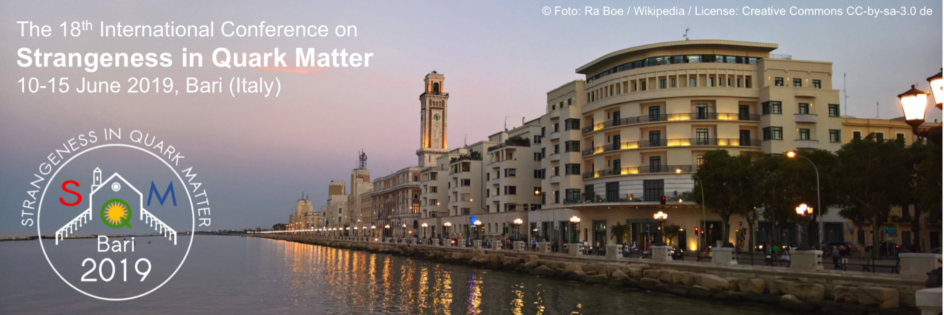Speaker
Description
The Combustion adiabat (CA) or the Chapman-Jouget adiabat equation can be useful tool to study the phase transition (PT) of a neutron star (NS) to a quark star (QS).
CA is a relation connecting the initial and final state of matter across a shock or a combustion discontinuity, where the initial and the final state belong to different equation of state (EoS).
In this problem we assume the hadronic matter as an input and it is the upstream state and we solve the CA to obtain the corresponding quark matter values in the downstream state.
The hadronic matter and quark matter EoS are used to calculate the matter velocities on either side of the combustion front. Solving the CA we get a maximum of the quark pressure.
The maximum of the quark pressure is also reflected in the retracing of the path in the CA curve. The downstream quark pressure maximum indicates towards a maximum mass limit
of the QS formed after the phase transition (PT) of NS. This maximum mass limit on QS is different from the regular mass limit of an ordinary QS. The characterization of velocities of the
upstream and downstream phase suggest that the PT from NS to QS is not always feasible. Further, the possible mode of combustion in most of the NS is likely to be a slow deflagration.
The result is crucial in understanding the nature of phase transition and in some cases the PT from NS to QS is not possible.
| Track | Strangeness in astrophysics |
|---|
